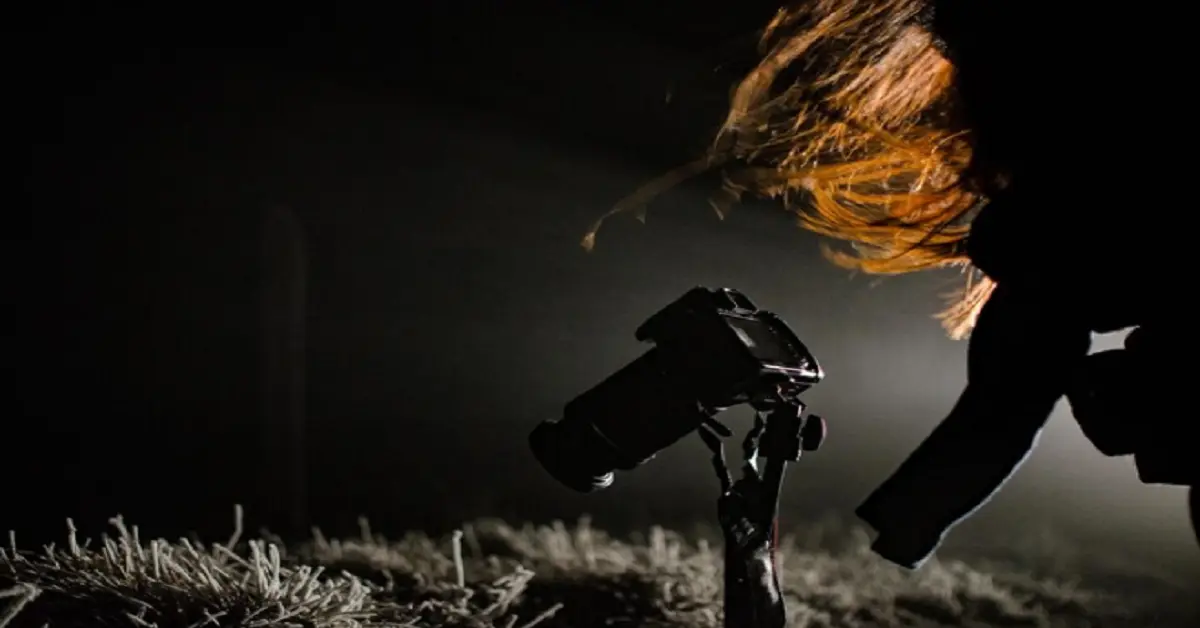Photography in Dark Environments

Introduction
Understanding Photography in Low-Light Conditions
Photography in dark environments, often referred to as low-light photography:zjdwlstvqss= dark, involves capturing images in settings where natural or ambient light is minimal. This can include nighttime scenes, interiors with low lighting, or even environments where the primary light source is intentionally subdued.
Importance of Dark Environment Photography
Dark environment photography allows photography:zjdwlstvqss= dark to explore unique perspectives and moods that are not possible in well-lit settings. It challenges photographers to push the limits of their equipment and creativity, resulting in stunning visuals that evoke emotion and intrigue.
Technical Aspects of Dark Photography
Equipment Needed
Choosing the Right Camera for Low-Light Conditions
Selecting a camera with good low-light performance is crucial. Look for cameras with larger sensors and high ISO capabilities to capture more light in dark settings.
Essential Lenses for Dark Photography
Prime lenses with wide apertures (e.g., f/1.4 or f/1.8) are ideal for dark photography as they allow more light to reach the sensor, enabling faster shutter speeds and reducing the need for high ISO settings.
Tripods and Stabilization Devices
In dark environments, longer exposure times are often necessary to gather enough light. Using a sturdy tripod or other stabilization methods prevents camera shake and ensures sharp images.
Settings and Techniques
Adjusting ISO for Low-Light Situations
Increasing ISO sensitivity allows the camera sensor to amplify available light. However, higher ISO settings can introduce noise or grain to the image, so finding the optimal balance is key.
Mastering Shutter Speed
Shutter speed controls the duration of light exposure. In photography:zjdwlstvqss= dark environments, longer shutter speeds may be needed to capture sufficient light, but this can also introduce motion blur if not managed correctly.
Aperture Settings and Depth of Field
Wide apertures (lower f-stop numbers) create a shallow depth of field, isolating subjects from their backgrounds and enhancing focus on key elements in low-light scenes.
Practical Tips for Dark Photography
Composition and Framing
Utilizing Available Light Sources
Identify and utilize any available natural or artificial light sources to enhance the composition and add depth to your photos.
Using Artificial Lighting Techniques
Experiment with external flashes, LED lights, or other artificial lighting sources to illuminate subjects creatively in dark environments.
Capturing Shadows and Highlights
Dark environments often feature dramatic contrasts between shadows and highlights. Pay attention to these contrasts to create visually striking compositions.
Overcoming Challenges
Dealing with Noise and Grain
Noise and grain can be minimized in post-processing by using noise reduction tools or shooting in RAW format to retain more image data for editing.
Post-Processing Techniques for Dark Photos
Editing software allows for fine-tuning exposure, contrast, and color balance to achieve desired effects while preserving the mood of dark environment photography.
Balancing Exposure in High-Contrast Scenes
Dark environments may present challenges with exposure balance. Bracketing exposures or using HDR techniques can help capture details in both shadows and highlights.
Creative Approaches
Emphasizing Mood and Atmosphere
Dark photography offers a unique opportunity to emphasize mood and atmosphere through careful manipulation of light and shadow.
Using Long Exposures for Dramatic Effects
Experiment with long exposure techniques to capture motion blur or light trails, adding a sense of movement and dynamism to dark environment photos.
Silhouettes and Negative Space in Dark Photography
Utilize silhouettes and negative space creatively to draw attention to subjects or evoke a sense of mystery and intrigue in your photography:zjdwlstvqss= dark environment compositions.
Conclusion
Mastering photography:zjdwlstvqss= dark in environments requires a combination of technical expertise, creative vision, and experimentation. By understanding the nuances of low-light photography and leveraging available tools and techniques, photographers can capture compelling images that tell captivating stories and evoke powerful emotions.